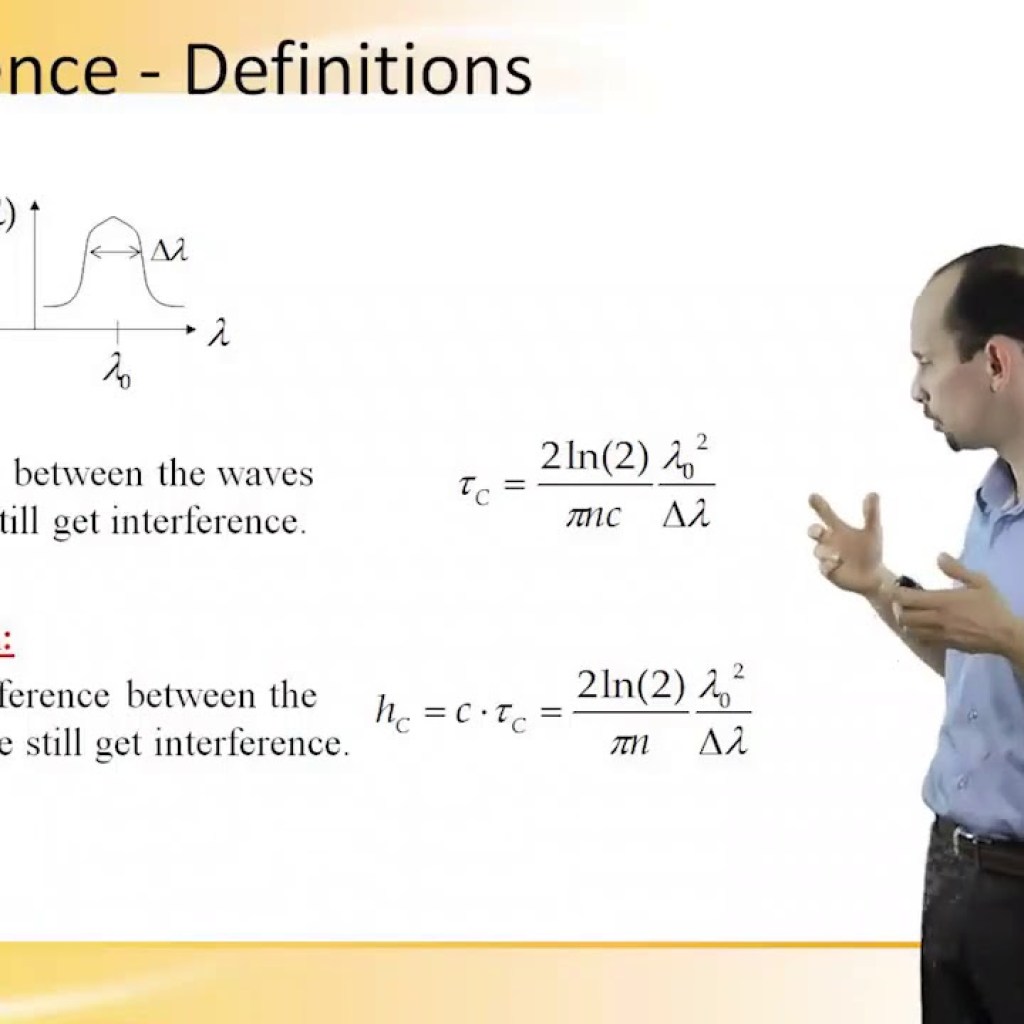Contents

Source: YouTube
Understanding Coherence Length in Optics
Coherence length is a crucial concept in optics that quantifies the temporal coherence of light. It represents the distance over which light maintains a significant phase relationship before phase fluctuations degrade it substantially.
Significance of Coherence Length
The coherence length is essential in various optical setups like interferometers and holography systems. In interferometers, for instance, pronounced interference fringes are observed only if the coherence length of the light matches the path-length difference of the arms.
Calculating Coherence Length
The coherence length can be calculated using the formula:
$$L_{text{coh}} = frac{c}{pi Deltanu}$$
Where (c) is the speed of light, (Deltanu) is the linewidth (optical bandwidth). This formula provides the propagation length over which the coherence function drops to a certain value.
Applications and Examples
Some lasers, especially solid-state ones with specific stabilization techniques, can exhibit very long coherence lengths. For instance, optical clocks use laser systems with coherence lengths exceeding 300,000 km, allowing for precise timekeeping.
On the other hand, in nonlinear optics, the term coherence length may refer to the length over which fundamental and harmonic waves go out of phase, deviating from the traditional coherence definition.
Conclusion
Understanding coherence length is vital in various optical applications, influencing interference patterns, holography, and laser performance. It plays a crucial role in defining the temporal coherence properties of light sources.

Source: DAYY Photonics
Feel free to comment your thoughts.



